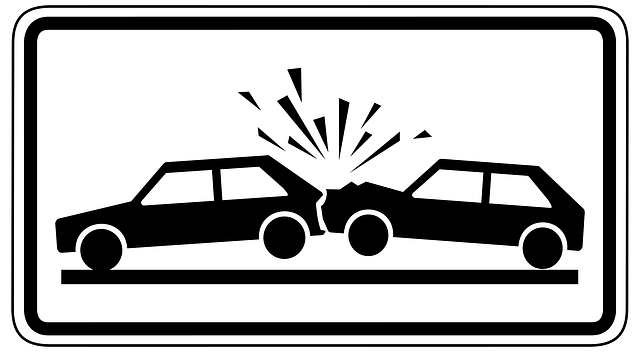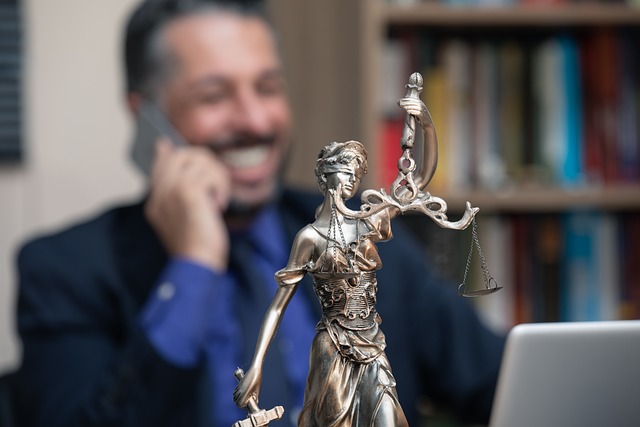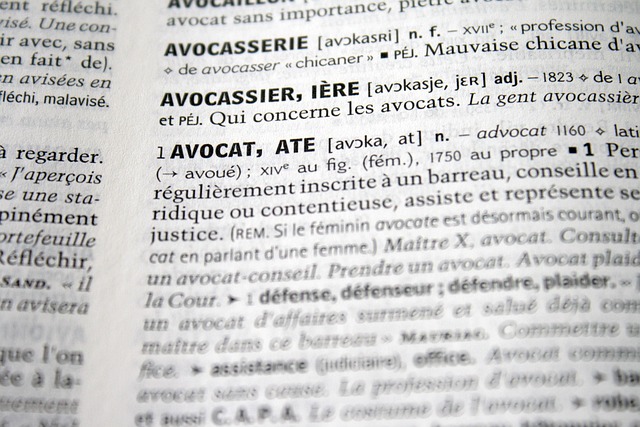Sidewalk trip and fall incidents are common due to uneven, damaged surfaces, inadequate lighting, and temporary obstructions, often exacerbated by weather and negligence. These accidents can lead to injuries, including those contributing to car accident injuries, with legal implications for responsible parties. Safe sidewalks require a collaborative effort between property owners, municipalities, contractors, and service providers through regular inspections, timely repairs, and effective communication. Prompt addressing of hazards and negligence ensures community safety and reduces risk of sidewalk trip and fall accidents.
Sidewalks, while essential for pedestrian safety, can sometimes become hazardous due to maintenance or lack thereof, leading to painful trips and falls. This article explores the intricate balance between maintaining public walking areas and preventing accidents. We delve into the legal responsibilities behind keeping sidewalks safe, uncovering common causes of trip-and-fall incidents, and providing effective strategies to prevent and address sidewalk hazards. Understanding these factors is crucial for both property owners and pedestrians to ensure safer urban environments.
- Understanding Sidewalk Maintenance Responsibilities
- Common Causes of Trip and Fall Incidents
- Preventing and Addressing Sidewalk Hazards Effectively
Understanding Sidewalk Maintenance Responsibilities
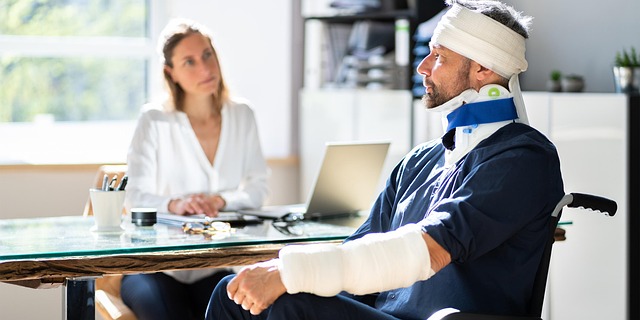
When it comes to sidewalk maintenance, understanding responsibilities is key to preventing trips and falls. In many jurisdictions, municipalities or local governments are tasked with keeping sidewalks safe and well-maintained. This includes regular inspections, repairs, and cleaning, especially in areas with high foot traffic. Property owners or businesses adjacent to the sidewalk may also have certain obligations, such as ensuring their structures don’t overhang or obstruct the pathway, and clearing snow and ice promptly. Neglecting these duties can lead to hazardous conditions, causing unsuspecting pedestrians to trip, fall, and sustain injuries.
An auto accident lawyer often sees cases where sidewalk maintenance issues contribute to accidents, leading to insurance coverage disputes. Pedestrians who suffer injuries due to a poorly maintained sidewalk may have grounds for legal action against the responsible party, whether it’s a government entity or a private property owner. Ensuring proper care and attention to sidewalks is not just a legal obligation but also a crucial step in fostering safer communities and preventing avoidable sidewalk trip and fall incidents that can result in car accident injuries.
Common Causes of Trip and Fall Incidents
Trip and fall incidents on sidewalks are often more common than one might think, with numerous potential causes leading to these accidents. One of the primary reasons is uneven or damaged sidewalks. Cracks, holes, or raised sections in the pavement can easily catch a pedestrian off guard, causing them to trip and fall. These issues may arise due to age, weather conditions, poor maintenance, or construction work. For instance, heavy rainfall or freezing temperatures can accelerate the deterioration of concrete, creating hazardous conditions that require prompt repair.
Another frequent cause is inadequate lighting. Dark alleys, poorly lit streets, or broken streetlights can contribute to a lack of visibility, making it hard for pedestrians to navigate safely. This is especially problematic during night hours when the risk of tripping over obstacles or falling increases significantly. In addition, temporary obstructions like construction materials, utility workers’ equipment, or improperly placed signs can also be culprits, blocking the usual path and leading to unexpected falls. For those seeking justice and compensation after a sidewalk trip and fall, consulting with an experienced car accident attorney is often recommended, especially in cases of negligence resulting in injuries or even wrongful death.
Preventing and Addressing Sidewalk Hazards Effectively
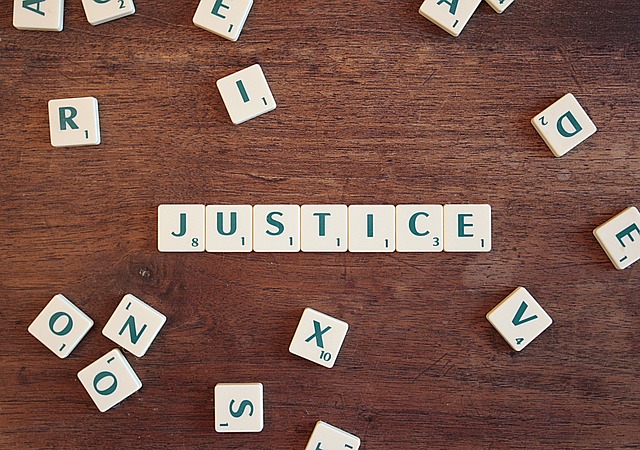
Maintaining safe sidewalks is a shared responsibility between property owners, local governments, and sometimes even third parties like contractors or service providers. Regular inspections and prompt repairs are crucial to preventing sidewalk trip and fall accidents. Property owners must ensure their sidewalks are free from cracks, uneven surfaces, or missing tiles that could cause a fall. Local authorities play a vital role in enforcing sidewalk maintenance standards and addressing breaches of contract related to public safety.
In case of hazards that can’t be immediately remedied, warning signs should be posted to alert pedestrians. Effective communication between all involved parties—including insurers and caregivers in relevant situations—is essential for resolving any insurance coverage disputes arising from sidewalk-related accidents. Negligence, whether by a property owner or a caregiver, must be addressed promptly to ensure the safety of the community.
Sidewalk maintenance plays a crucial role in preventing trip and fall incidents. By understanding the common causes and implementing effective prevention strategies, property owners and local authorities can ensure safer public spaces. Regular inspections, prompt hazard addressing, and clear communication about maintenance activities are key to reducing risks. Remember, prioritizing sidewalk safety is not just a legal obligation but also a responsible step towards fostering vibrant and accessible communities.
